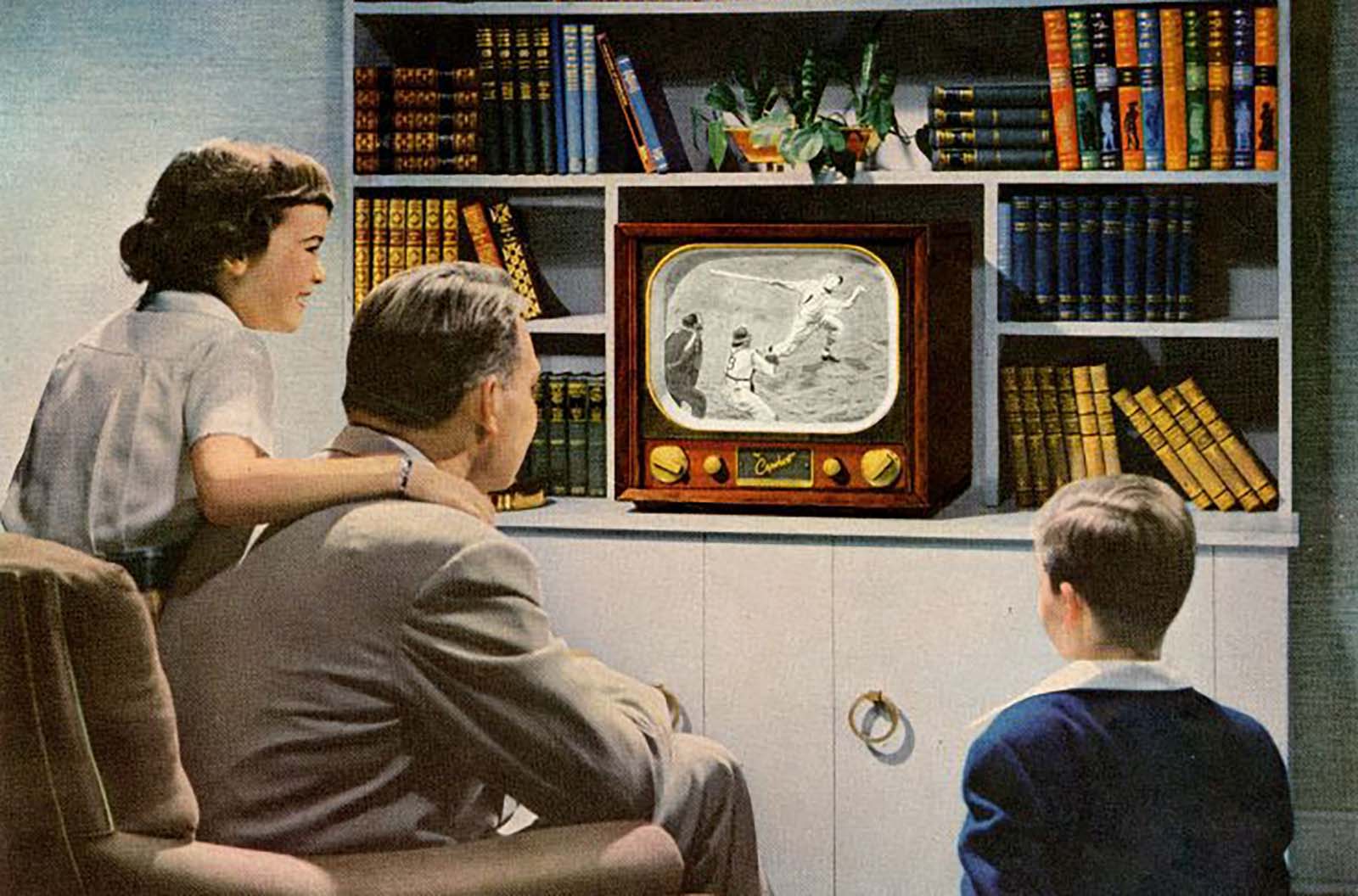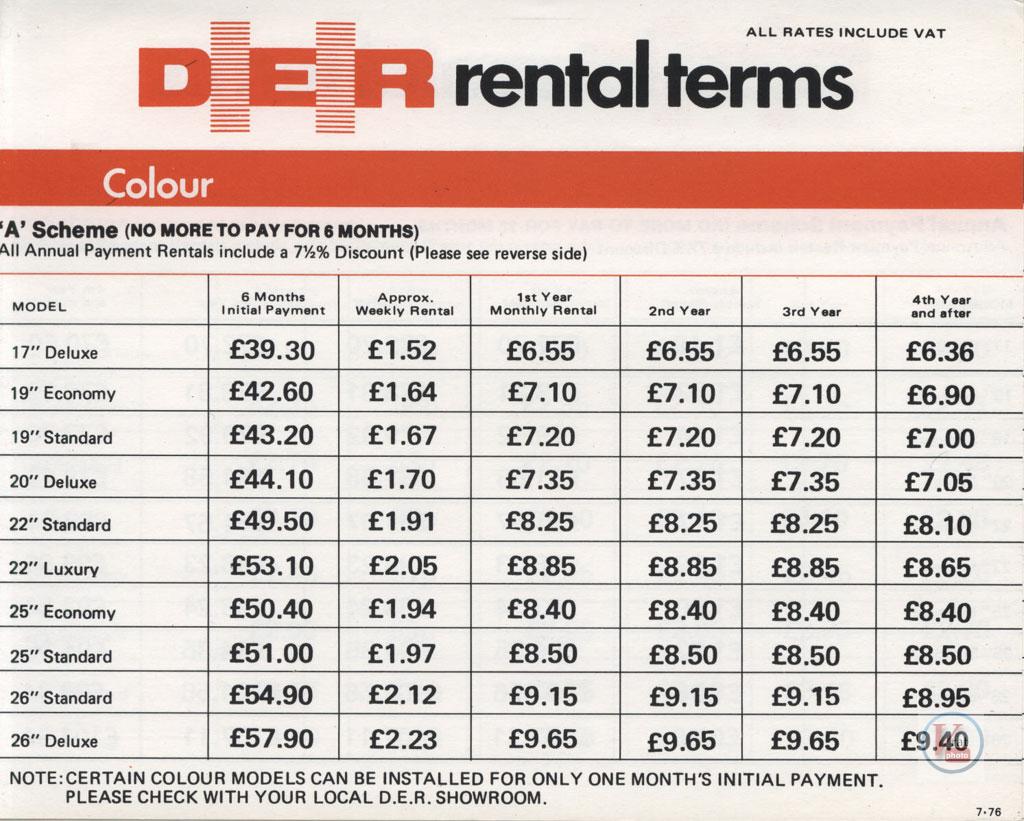
You are using an out of date browser. It may not display this or other websites correctly.
You should upgrade or use an alternative browser.
You should upgrade or use an alternative browser.
Old Tech thread
- Thread starter Danny McG
- Start date
There were still manually operated crossing gates on the main road through Bognor in the mid-70s, so it clearly took a long time to replace them all.
dask
dark and stormy knight
Just in case motorcycles have changed in the last hundred years:

But surely that's actually for Towels and Blankets?
Or shoes (if they're loafers...).
Early (1934) heavy haulage. You'd get three of these on a modern 38t artic...
You could also do it much more simply, and without any disruption to traffic on the roads, or in any of the places it passed through, if you sent it by canal via the Paddington Arm of the Grand Union and Regents Canal. However, by 1934, these were probably already being run down.
Anybody know what a saturater would be used for? And before any smart arse decides to answer, I know it saturates. But what? And why?Early (1934) heavy haulage. You'd get three of these on a modern 38t artic...
View attachment 103440
My guess - is that rather than "water" saturation, it is a medical Oxygen Saturation Machine on it's way to some hospital in the West Indies?
But at least they were using a railway company lorry....You could also do it much more simply, and without any disruption to traffic on the roads
I noticed that. It must have been for moving locomotives by road.But at least they were using a railway company lorry....
Still not sure what the "Saturater" is for. That was just a guess based upon some online searching.
noun. saturater. Chemistry. a device for saturating an inert gas with the vapor of a volatile liquid by slowly bubbling the gas through it.
hitmouse
Well-Known Member
- Joined
- Jul 3, 2011
- Messages
- 4,280
Agree this is an interesting bit of history. I think that air travel was much more expensive than boat in the post-war years. My grandparents, who were not wealthy, took a transatlantic liner in 1951. My parents sailed from Bombay to Southampton in 1967. The transition to relatively inexpensive flights took some time. Certainly this was the case by the early 1970s.I would have thought that more people traveling across the Atlantic by plane than ship would have been passed at least 5+ years before. --- (Parson thinks, Hm? I wonder how the war figures into those stats? Maybe that's why it took that long?)
I wonder when routine transatlantic passenger liners stopped?
Harpo
Getting away with it

Fascinating vintage TV set ads from the 1950s - Rare Historical Photos
In the 1950s, the sale of TV sets and the boom in programming made TV America's favorite source of entertainment. Here are some vintage ads.
What is really fascinating about that, is the advert that says "Only 2 controls! Turn it on and select the channel."
I can't believe that I'd completely forgotten that you once had the horizontal and vertical controls on the CRT so you could re-position the picture in the middle of the screen! There was also a certain amount of frequency adjustment depending on the weather and your distance from the transmitter, not to mention the direction in which the aerial was pointed. With colour TV there was also a great deal adjustment required to the brightness, contrast and intensity. It was a very complicated business getting the picture correct, and only possible after waiting several minutes for the CRT to warm up. To watch a TV programme at a certain time you would need to start this process, and switch on the TV, a good 20 minutes before! Then sometimes they would overheat and just stop working until it cooled down again! They would break down frequently. TV repair men were never out of work. It made much more sense to rent rather than buy, because then you just got a new set when the old stopped working.
I can't believe that I'd completely forgotten that you once had the horizontal and vertical controls on the CRT so you could re-position the picture in the middle of the screen! There was also a certain amount of frequency adjustment depending on the weather and your distance from the transmitter, not to mention the direction in which the aerial was pointed. With colour TV there was also a great deal adjustment required to the brightness, contrast and intensity. It was a very complicated business getting the picture correct, and only possible after waiting several minutes for the CRT to warm up. To watch a TV programme at a certain time you would need to start this process, and switch on the TV, a good 20 minutes before! Then sometimes they would overheat and just stop working until it cooled down again! They would break down frequently. TV repair men were never out of work. It made much more sense to rent rather than buy, because then you just got a new set when the old stopped working.
My first TV when I left the parental home was rented from a UK firm called DER. No remote, and much smaller than the ad would have you believe...It made much more sense to rent rather than buy, because then you just got a new set when the old stopped working.


We used to exist off buying ex rentals sets. They were cheap, would work fine for a couple of years before we had to replace them and still be cheaper than buying or renting!
Similar threads
-
Past Technologies - Tungsten discovered in Tycho Brahe’s alchemy workshop
- Started by Robert Zwilling
- Replies: 0
-
Could a technological society develop without language?
- Started by Astro Pen
- Replies: 111
-
-
Enlarging and shrinking your visible screen area (tech tip)
- Started by Astro Pen
- Replies: 3
